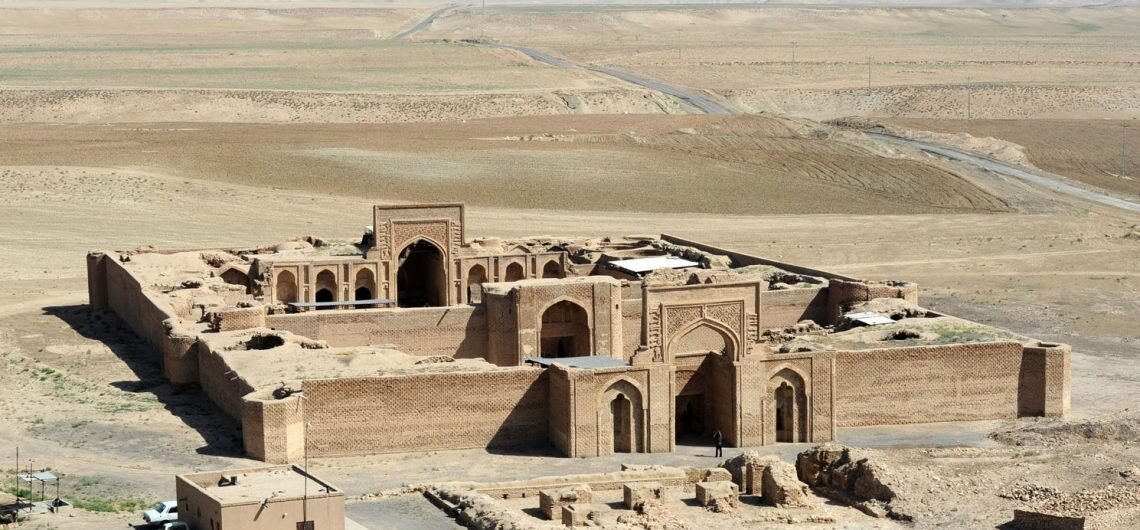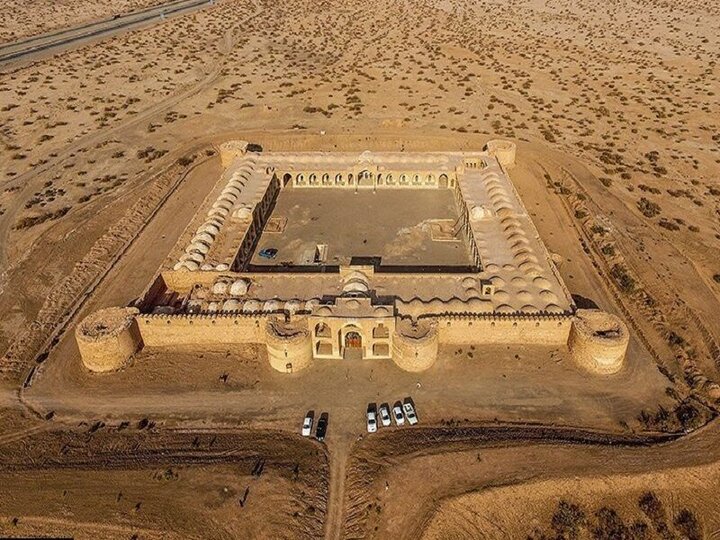From resting stops to cultural hubs: 54 Iranian caravanserais gain UNESCO label

TEHRAN — On Sunday, a selection of 54 centuries-old roadside inns won a UNESCO label under the name: The Persian Caravanserai.
The registration was made at the 45th session of the UNESCO World Heritage Committee in Saudi Arabia’s capital Riyadh, after carefully examining the proposed caravanserais located in 24 provinces across the country.
For long, they have been a testimony to rich circuits of traveling and trade in ancient Iran, providing shelter, food, and water for caravans, pilgrims, and other trekkers.
“The routes and the locations of the caravanserais were determined by the presence of water, geographical conditions, and security concerns,” the committee said on its website.
The listed caravanserais “are considered to be the most influential and valuable examples of the caravanserais of Iran, revealing a wide range of architectural styles, adaptation to climatic conditions, and construction materials, spread across thousands of kilometers and built over many centuries,” the committee said.
Visiting a well-preserved caravanserai, it’s not hard to fancy the hustle and bustle of merchants bargaining on prices, recounting their arduous journeys to one another while their camels chewing hay!“Together, they showcase the evolution and network of caravanserais in Iran, in different historical stages,” it stated.
Experts say that 54 caravanserais are only a small percentage of the numerous caravanserais built along the ancient roads of Iran. However, they showcase the evolution and network of caravanserais in Iran in different historical stages.
Caravanserai or caravansary is a compound word combining “caravan” with “sara”; the former stands for a group of travelers and the latter means the building. They often had massive portals supported by elevated load-bearing walls. Guest rooms were constructed around the courtyard and stables behind them, with doors in the corners of the yard.
Traveling across the country, one may see crumbling caravanserais, many of which were abandoned for ages. In the Information Age, such guest houses have largely lost their actual usage.
For many travelers, staying in or even visiting a centuries-old caravanserai can be a wide experience; they have an opportunity to feel the past, a time travel back to a forgotten age.
Cozy chambers that are meticulously laid out around a vast courtyard may easily evoke spirits of the past. It’s not hard to fancy the hustle and bustle of merchants bargaining on prices, recounting their arduous journeys to one another while their camels chewing hay! You can also conceive the idea of local architectural style and material in its heyday.

The earliest caravanserais in Iran were built during the Achaemenid era (550 - 330 BC). Centuries later, when Shah Abbas I assumed power from 1588 to 1629, he ordered the construction of a network of caravanserais across the country. Such roadside inns were once constructed along ancient caravan routes in the Muslim world to shelter people, their goods, and animals. The former Silk Road may be the most famous example dotted by caravanserais.
AFM
Leave a Comment